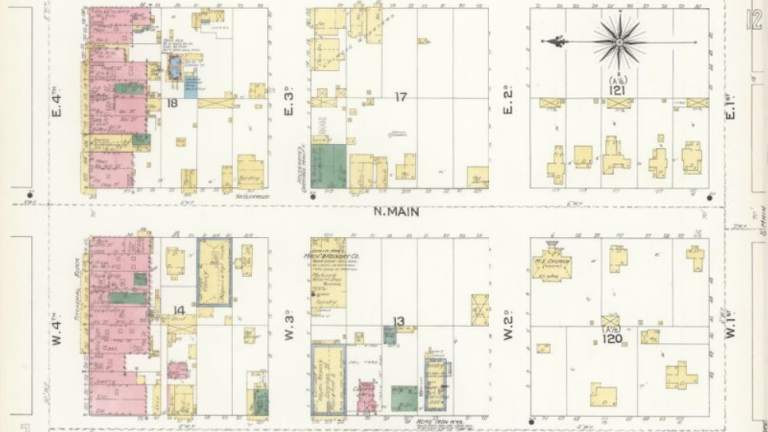ac

Roji Bakery has served the Mid-Wilshire neighborhood for the past 20 years, serving up warm, fluffy Japanese shokupan (milk bread) and other baked goods. Owner Mizuki Shin talks about the yudane technique that makes milk loaf unique and reminisces on her memories eating shokupan as a child in Japan.

Whether you're seeking a wonderland of succulents, an explosion of fragrance and color or simply a serene setting to live your best garden life, Santa Barbara and its surrounding communities offer fascinating flora. Here's how to prepare for your visit, what you'll find and how to make the most of your time there

The Cheech Marin Center for Chicano Art & Culture will soon be open to the public June 18. Ahead of its opening, it just installed a massive two-story lenticular artwork by artist-brothers Einar and Jamex de la Torre, filled with Easter eggs on Latinx culture, as well as an urgent message on nature and technology. See photos of the artwork.












